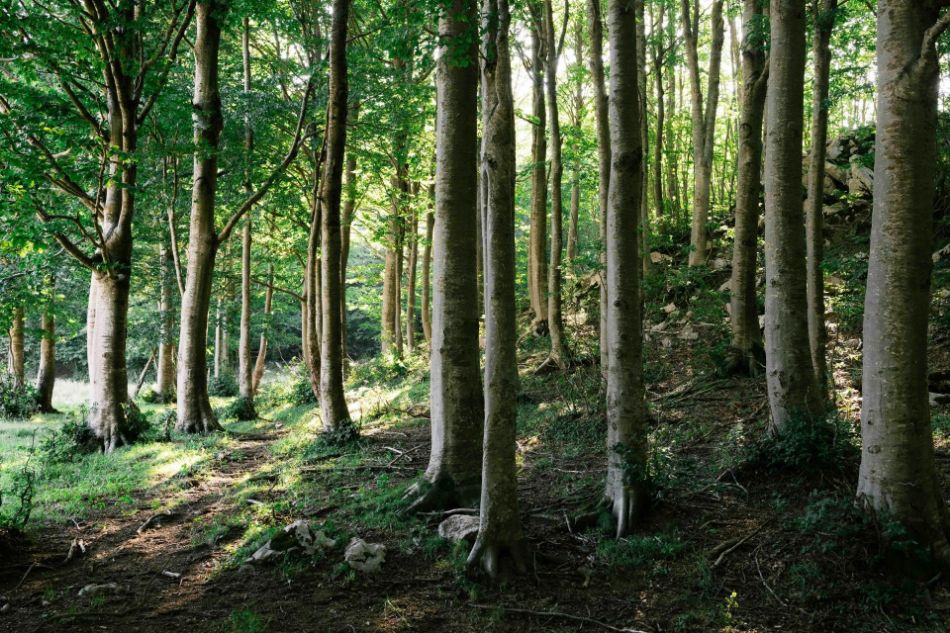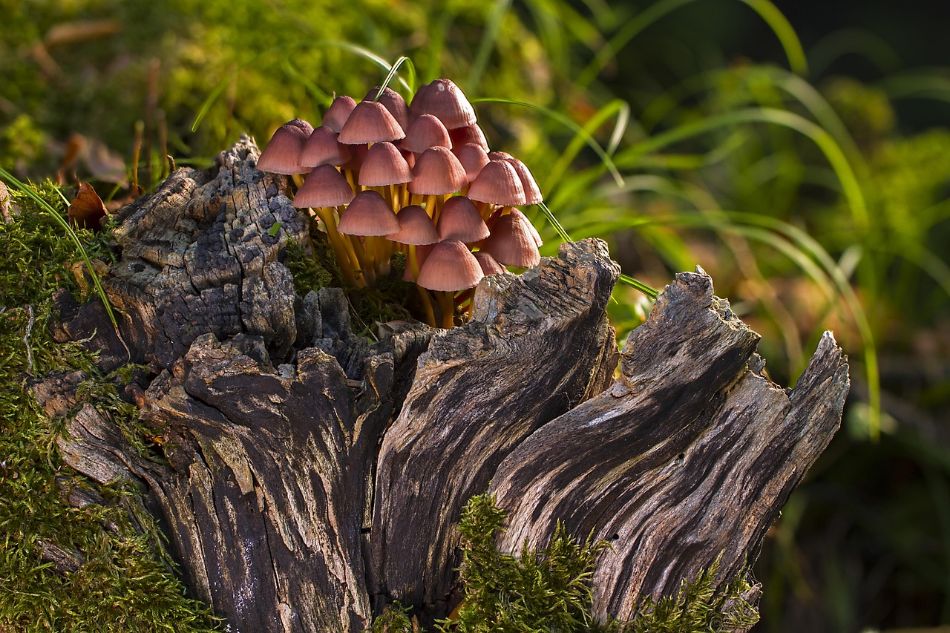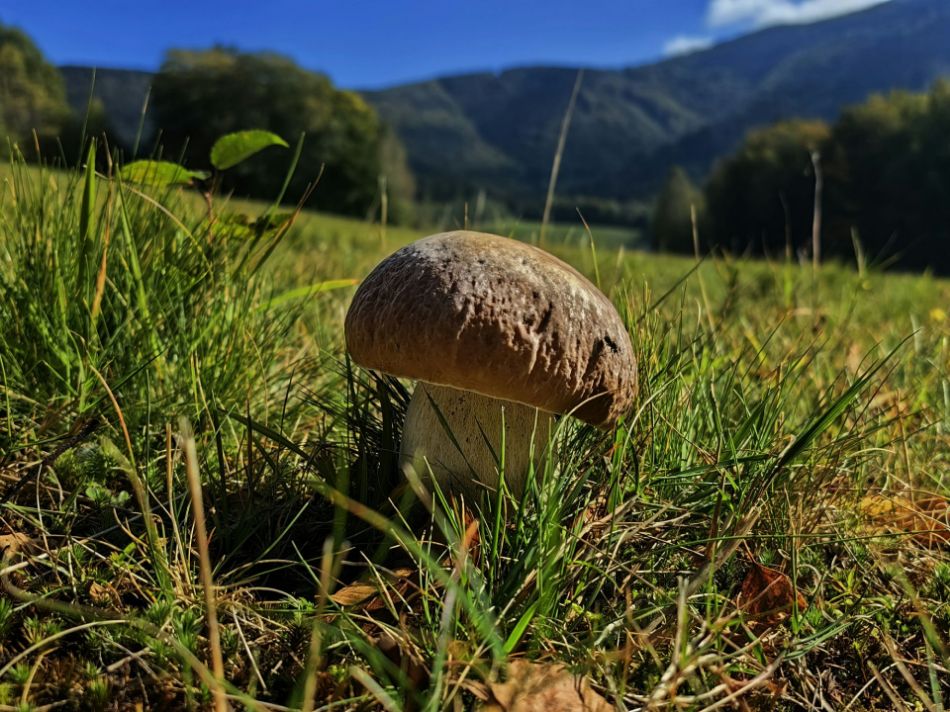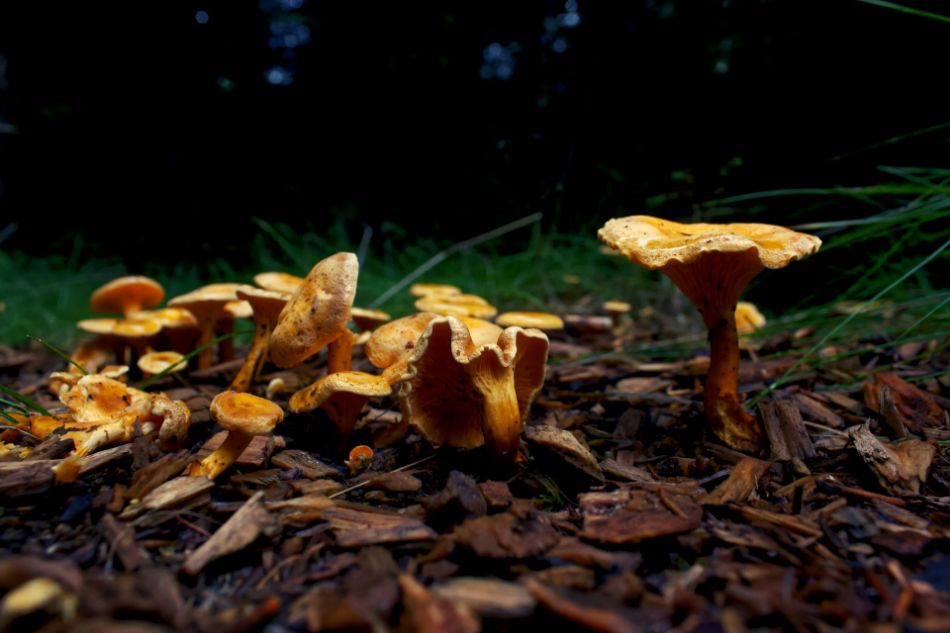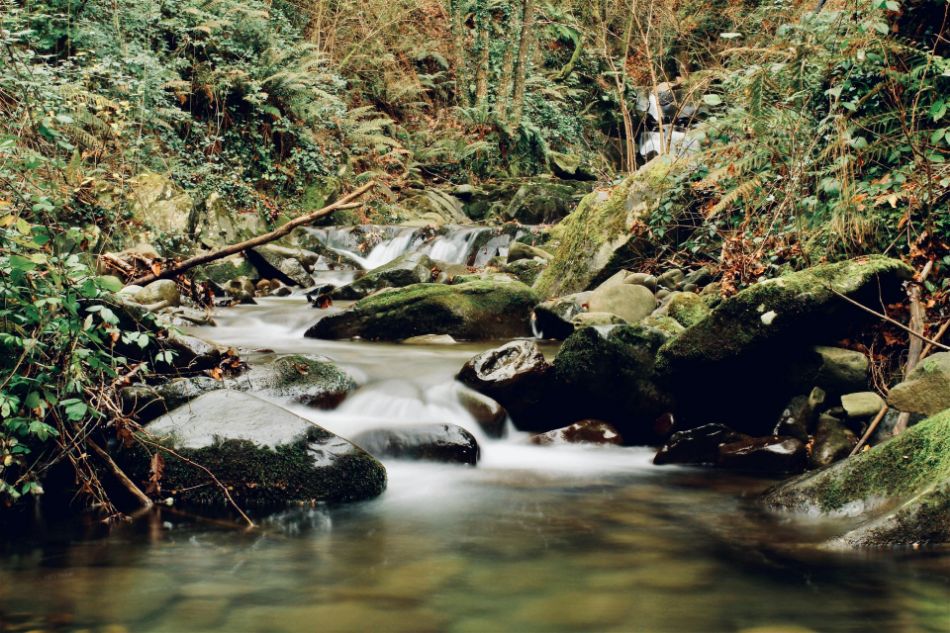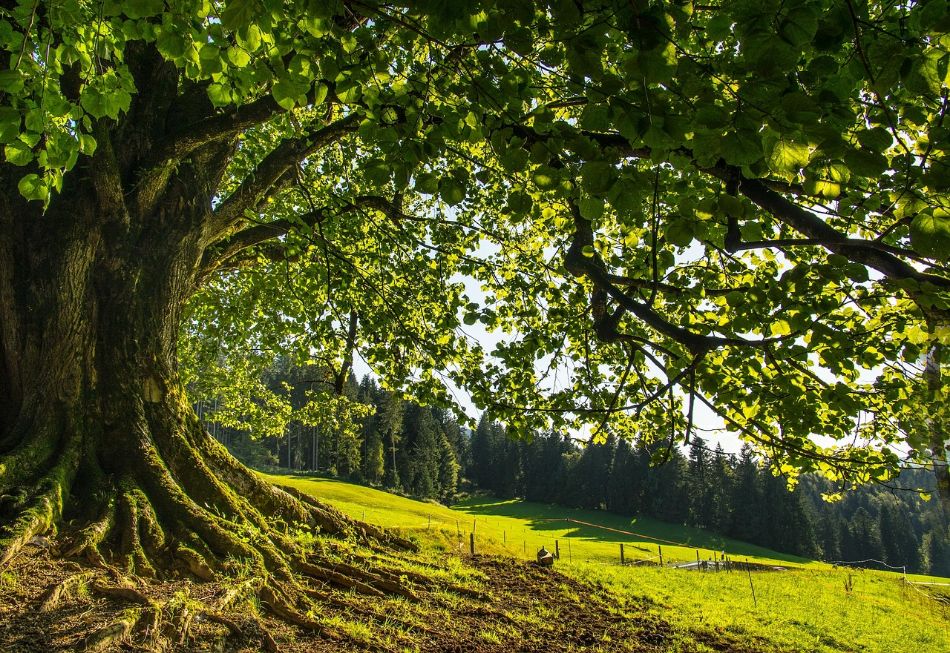Walking through the Matese woods at dawn, when the morning mist still shrouds the treetops and the scent of moss and humus fills the lungs, is an experience every mushroom hunter should try at least once in their lifetime. This mountain range, a veritable treasure trove of biodiversity between Campania and Molise, represents one of the last bastions of Italian wilderness where the mycological tradition has been passed down for generations.
In an era of increasing industrialization, mushrooms are emerging as sensitive bioindicators of soil health. This article, based on 127 scientific studies and 9 global databases, reveals how lead, dioxins, and radionuclides accumulate in fruiting bodies, with unprecedented data on toxicity thresholds for consumers. Let's explore this fascinating and worrying phenomenon together.
Forest cultivation of lignicolous mushrooms is a complex biological system that requires a multidisciplinary approach, integrating microbiology, forest ecology, and process engineering. This treatise systematically analyzes the growth parameters of 10 commercially valuable species...
The mountain environment represents one of the most fascinating and complex ecosystems for the study of mycology. As altitude increases, fungi develop unique adaptation strategies to survive extreme conditions: cold temperatures, wind, intense UV radiation, and nutrient-poor substrates. Let's discover together what...
Italy is a true paradise for mycology and mushroom picking enthusiasts, with diverse landscapes that offer perfect habitats for hundreds of species: here, mushroom picking is not just a hobby, but an experience that combines well-being, contact with nature and gastronomy...
The Casentinesi Forests, located between Tuscany and Emilia-Romagna, represent one of the most intact and biodiverse forest ecosystems in Italy. This vast territory, which includes the Casentinesi Forests National Park, Monte Falterona and Campigna, is a true sanctuary for mycology enthusiasts, offering an extraordinary variety of mushrooms, flora and fauna.
Linden trees (Tilia spp.) are renowned for their imposing grandeur and extraordinary longevity, but few botany enthusiasts know that they harbor a hidden world of fungal biodiversity. From aggressive parasites that threaten the tree's health to saprophytes that silently decompose dead wood, the fungi associated with linden trees play vital ecological roles...
In an age of unprecedented environmental crisis, the solution to many of our problems may be hiding beneath our feet—or rather, in the soil and the mycelial networks that run through it. This article explores bioremediation, a natural technology that uses living organisms to break down pollutants...










